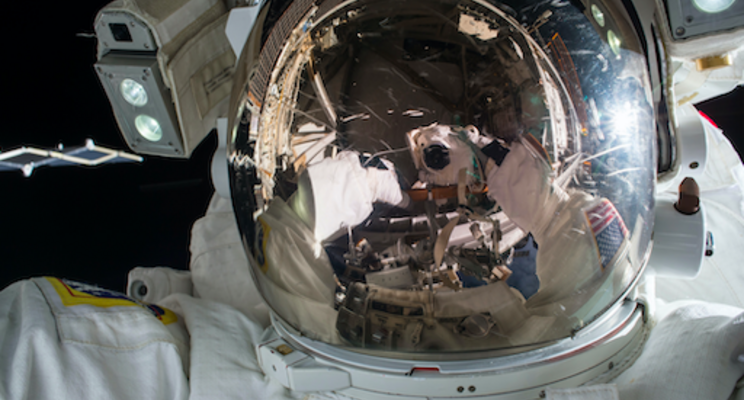NASA's sci-farming and a heartbeat controlled computer
Added on 08 February 2022

The US space agency has accomplished many things for mankind, it has also brought to this Earth a number of bizarre inventions.
Sci-Farming
In dense cities like New York, farming might not seem like a possibility, however, thanks to NASA's 'vertical farming' system, these highly populated areas can now stack up crops to take up less space.
Using a method called controlled environment agriculture (or CEA), NASA used a combination of plant science and environmental control techniques
"to optimize plant growth inside an enclosed space," according to NASA Spinoff.
The technology, which utilizes environmental sensors and cameras, also fosters ideal growing conditions for crops that deliver precise results.
"It sounds kind of high tech and a little science fiction-y — and it is," said Dan Lockney, who heads NASA's technology transfer program, the office focused on commercializing the agency's inventions.
Today, "smart farming" companies such as Bowery are flourishing under this system.
Heartrate identification
One of the most innovative Spinoff products is a next-generation heart identification system.
NASA predicts that heart rates could be the next big thing for unlocking phones, computers, and even accessing bank accounts, replacing biometric verifications systems such as fingerprints and retinal scans.
The ID system works by measuring electrical signals associated with heart waves, which is the same technology used to monitor astronauts' heart rates in space.
The system also uses about 192 different parameters to identify unique heart markers, which could make for an exceptionally secure identity verification system.
NASA believes this technology could be used throughout many fields, including law enforcement, banking, healthcare, and airport security.
The technology is currently available for commercial application and licensing.
Click here to read more.
Source: HortiBiz
More news















